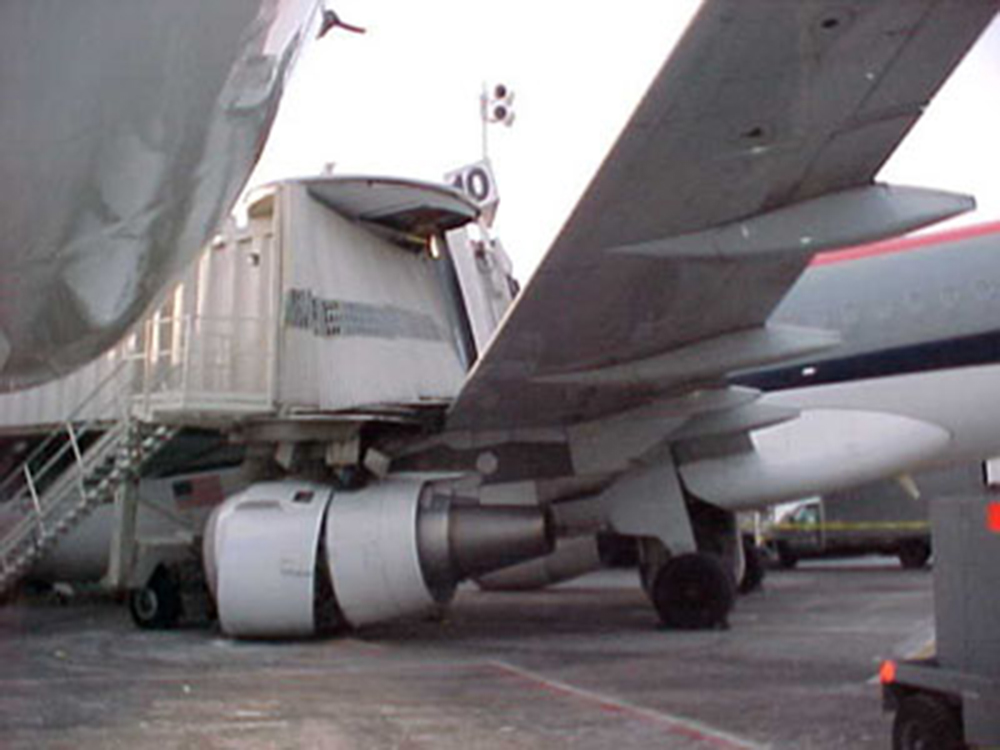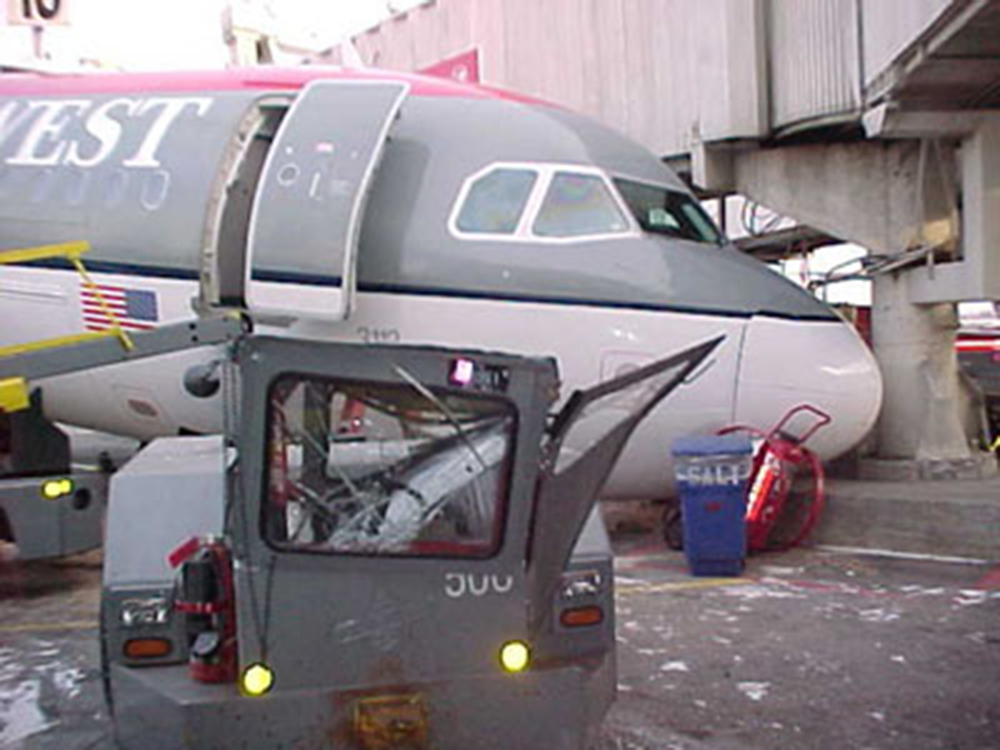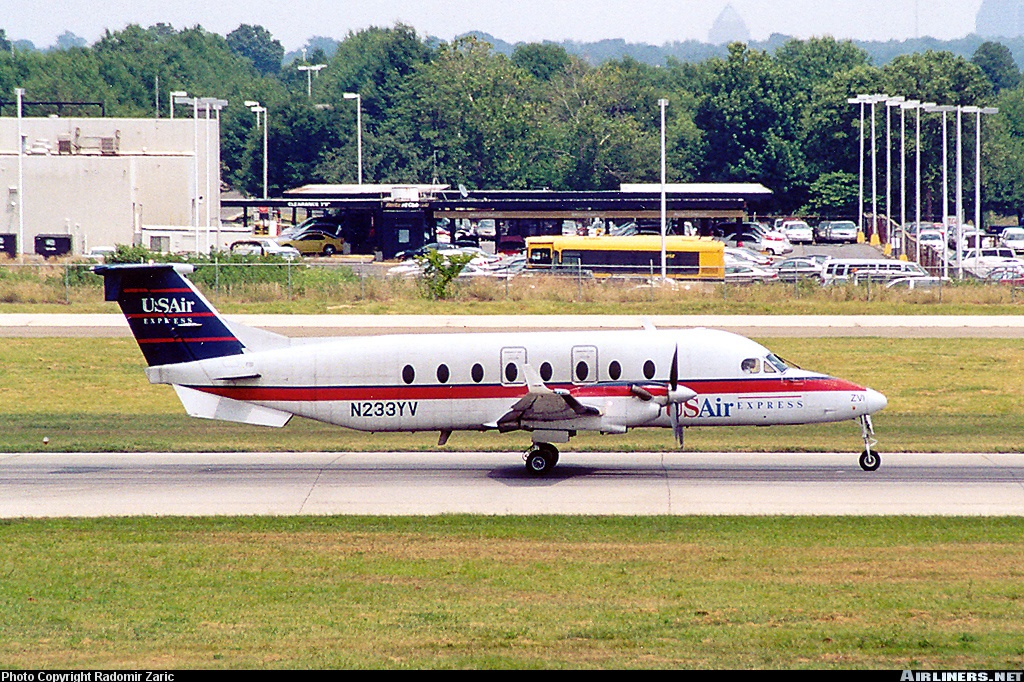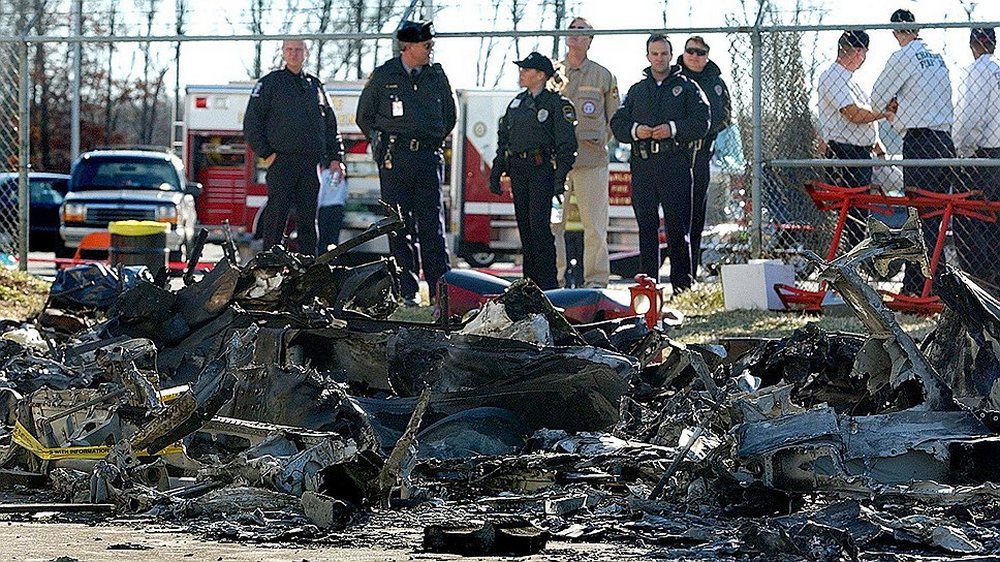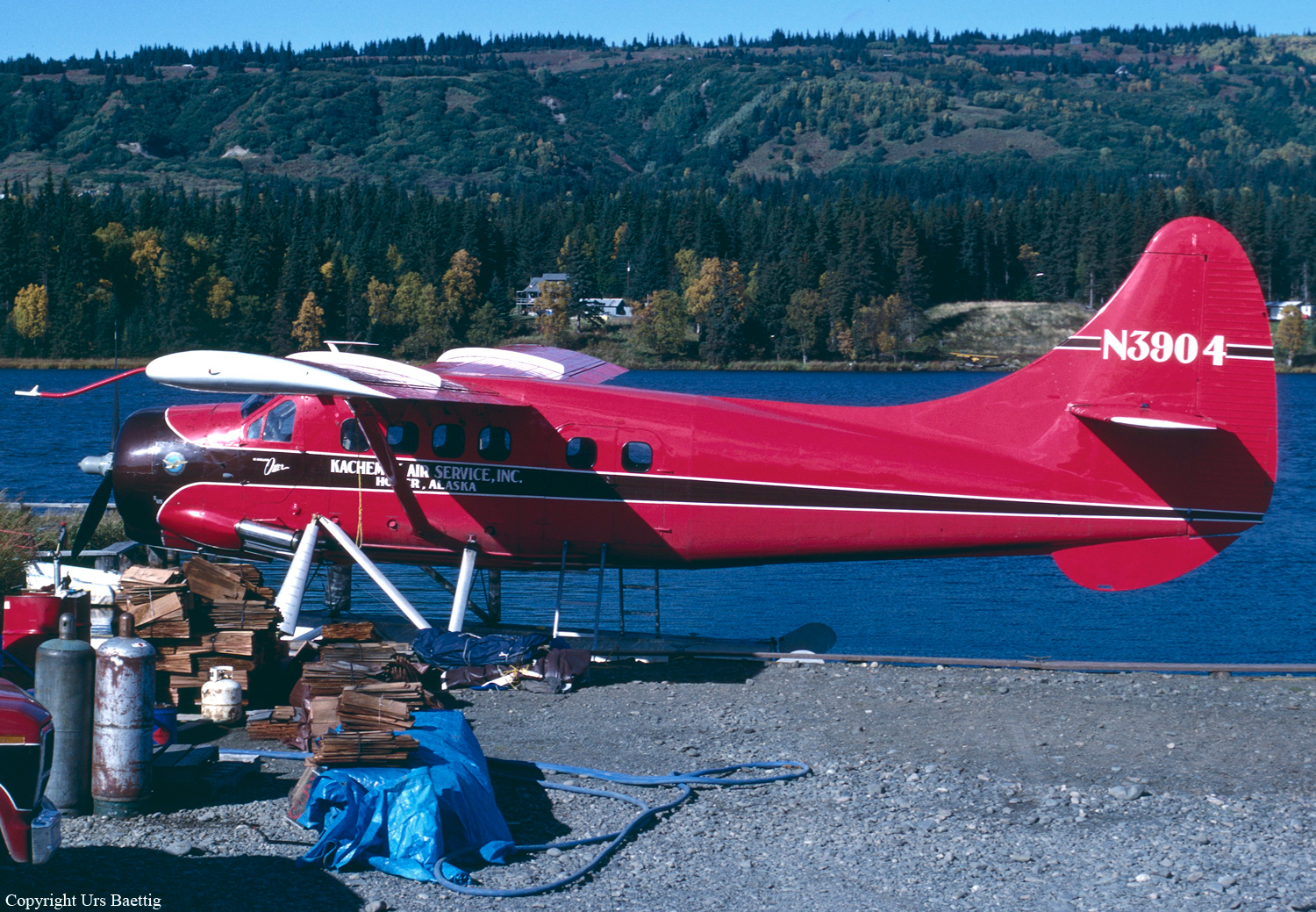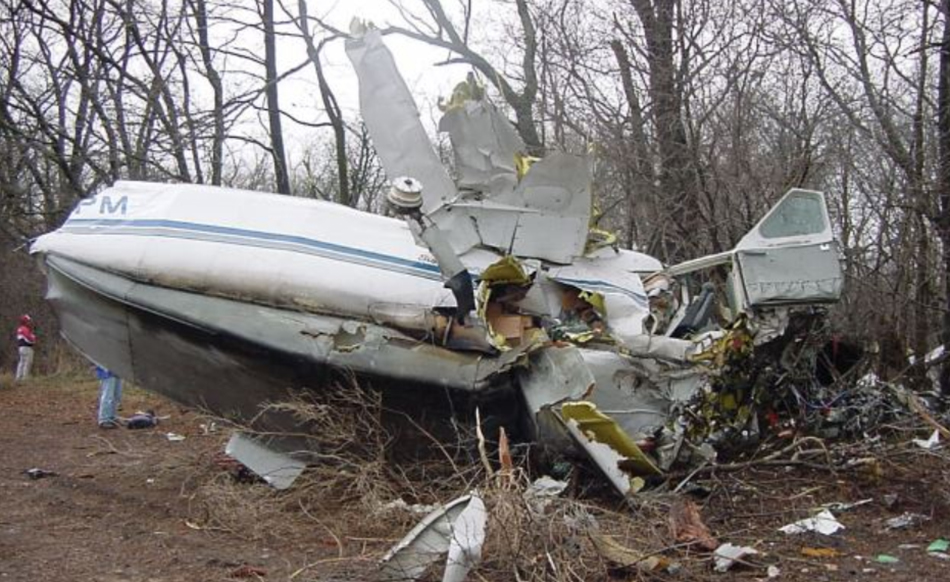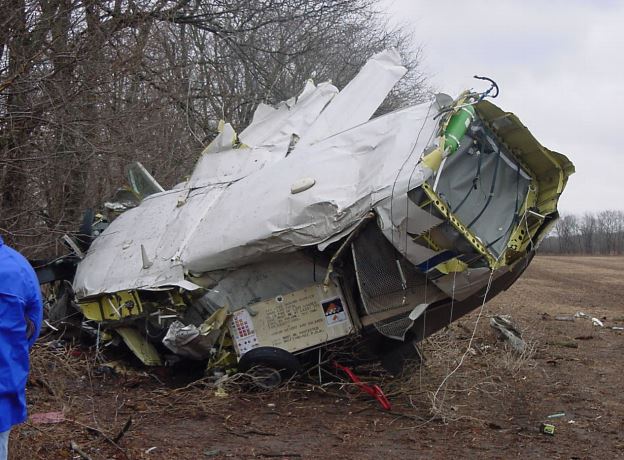Crash of a Cessna 207A Skywagon in Put-in-Bay
Date & Time:
Jan 20, 2003 at 0945 LT
Registration:
N9945M
Survivors:
Yes
Schedule:
Put-in-Bay – Port Clinton
MSN:
207-0153
YOM:
1970
Crew on board:
1
Crew fatalities:
Pax on board:
2
Pax fatalities:
Other fatalities:
Total fatalities:
0
Captain / Total hours on type:
405.00
Aircraft flight hours:
6283
Circumstances:
Shortly after takeoff, about 300 feet agl, the engine lost all power. The pilot activated the electric fuel pump, and moved the fuel selector several times. However, the engine did not regain power, and the pilot performed a forced landing into trees. After the accident, the pilot stated to a police officer that he might have departed with the fuel selector positioned to an empty tank. The pilot subsequently stated that both fuel gauges indicated "1/4" full, and he could not remember which tank was selected during the takeoff. Additionally, a passenger stated that he did not smell or observe fuel when he exited the airplane. The passenger added that in the past, the pilot had exhausted one fuel tank, then switched to the other tank and the engine re-started. Examination of the wreckage by an FAA inspector revealed that fuel selector was positioned to the right tank. The right fuel tank contained some fuel, and left fuel tank had ruptured. Following the accident, a successful engine test-run was performed.
Probable cause:
The pilot's inadequate fuel management, which resulted in fuel starvation and a total loss of engine power during the initial climb.
Final Report:




